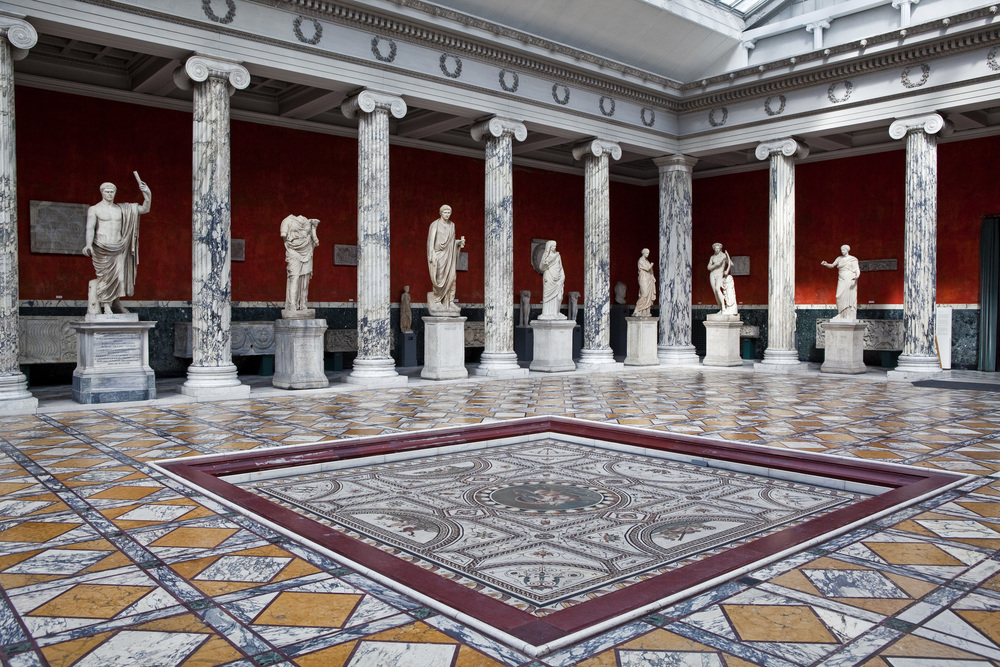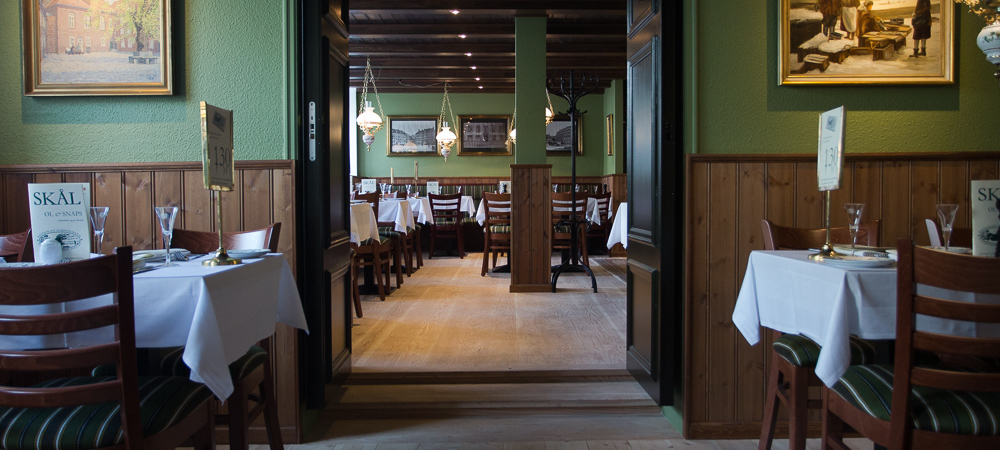Tal R thinks a lot about names. This is likely because the Tel Aviv-born artist’s given name, Tal Rosenzweig, created a lot of confusion when he was growing up in Copenhagen, where he has lived since his middle-class family moved shortly after his birth. “My name is a disaster,” he says. “If you say your name is Tal in Denmark, people will say, ‘Yeah, but what’s your real name?’ They don’t believe it. Having a name like this, as well as this notion of Tel Aviv, has made me feel like I’m living a double life here. I’m like a tourist.”
Of Denmark, where he studied at the Copenhagen School of Fine Arts and later the Royal Danish academy of Fine Arts, he continues, “You learn its choreography. You’re not born into the choreography.”
The experience of being an outsider is something Tal has brought to two collaborative projects with Danish furniture manufacturer Fritz Hansen, as an artist entering the realm of design. “I wanted to introduce my discussion—the artistic discussion—into design,” he says. “I don’t want to pretend I’m a designer. I’m not a designer.” For the first project, in 2008, Tal upholstered 50 Egg chairs in colorful patchworks for the 50th anniversary of the Arne Jacobsen classic; for the second, which debuts at the Salone del Mobile in Milan this month, he developed nine new colors for the 60th anniversary of the series 7, also by Jacobsen and the more utilitarian of the two. While the Tal-colored Egg chairs were intended as a limited-edition effort and not for the mass market, his Series &s have been made for large-scale production and a broader consumer base.
For the later project, Tal didn’t just go in search of attractive hues. Instead, just as he does with his artwork, he devised stories and through them found the desired colors. The results are distinctive tones with wholly original names and narratives to match: Opium Red, Ai, Chocolate Milk Brown, Trieste, Hüzün Green, Egyptian Yellow, Altstadt Rose, Evren Purple, and Chevalier. Says Tal: “As an artist, I don’t develop my sense of colors as my first priority. It just happens in parallel. Your conceptual ideas develop deeper and deeper, and the colors follow them. The wrong way to choose colors is to say, ‘Oh, I would like to use this color.’ It has to be something deeper. It needs to be obsessive.”
To create Hüzün Green, for example, Tal turned to the Turkish word hüzün, which he discovered in writer Orhan Pamuk’s book Istanbul. “In Turkish, which is an old, very gran language, there are specific words for melancholia,” Tal says. “One of them, hüzün, is like when there’s something that’s almost falling apart. We might call this picturesque [in the West], but in Turkey, they find it miserable, because it reminds them of something that’s not there anymore. For them, the grand old days are gone and they feel hüzün about it.” He adds, “There’s also this green on the buses in Istanbul that go to all of these remote places in Turkey. I thought, ‘I’ll find a green for hüzün.’ I made the green a little bit sharper, as it if had faded from being in the sun.”
This unfettered creativity—to find not just a special green but Hüzün Green—arose naturally in Copenhagen, a small liberal-minded city full of open spaces and parks in which it’s easy to lose oneself. “I think the good thing about Copenhagen is that half of the city is parks,” he says. “Wherever you are, you can always disappear into a park or stroll into a botanic garden. And the water is close by. You can cross the city by foot in an hour and a half.”
Tal notes that the country’s cultural traditions have also plated a part in his growth as an artist. “I think a society like Denmark’s is the perfect environment for developing ideas, especially creative ideas,” he says. “For art and design”—not to mention a globally influential brand like Fritz Hansen—“it’s quite perfect here. It’s the same in a family: If you come from a family of carpenters, without even knowing it, it’s in your vocabulary. If you’re in this moment where these great painters are around, or you meet people who knew them, first it feels difficult. You have to get over that history. But afterwards, it helps you. You feel more at ease on the dance floor.” Which is exactly where Tal finds himself: reveling in the shadow of the Danish creative giants before him, and, as he continues to find new moves, becoming one in the process.
TAL R’S INSIDE GUIDE TO COPENHAGEN




